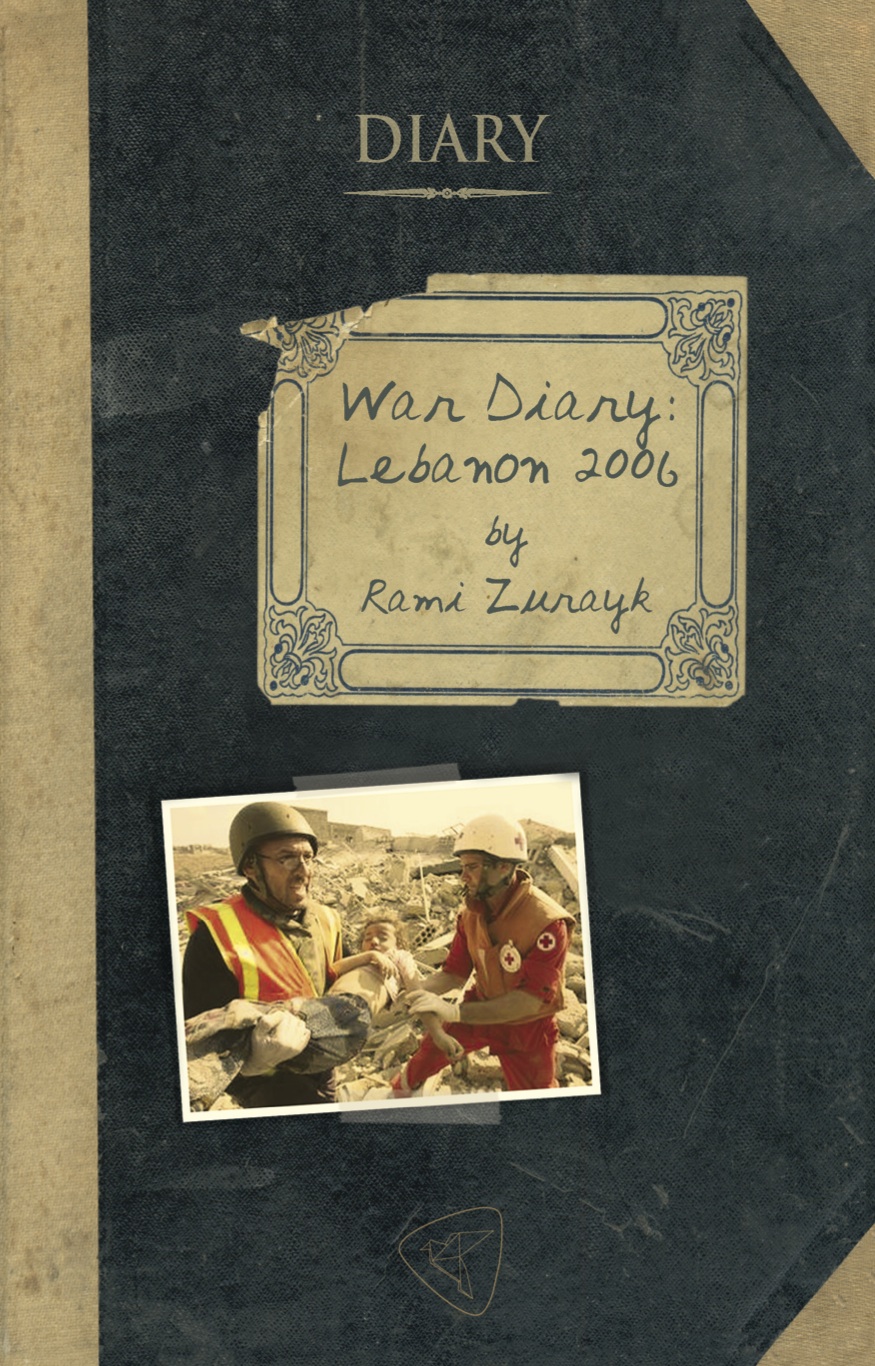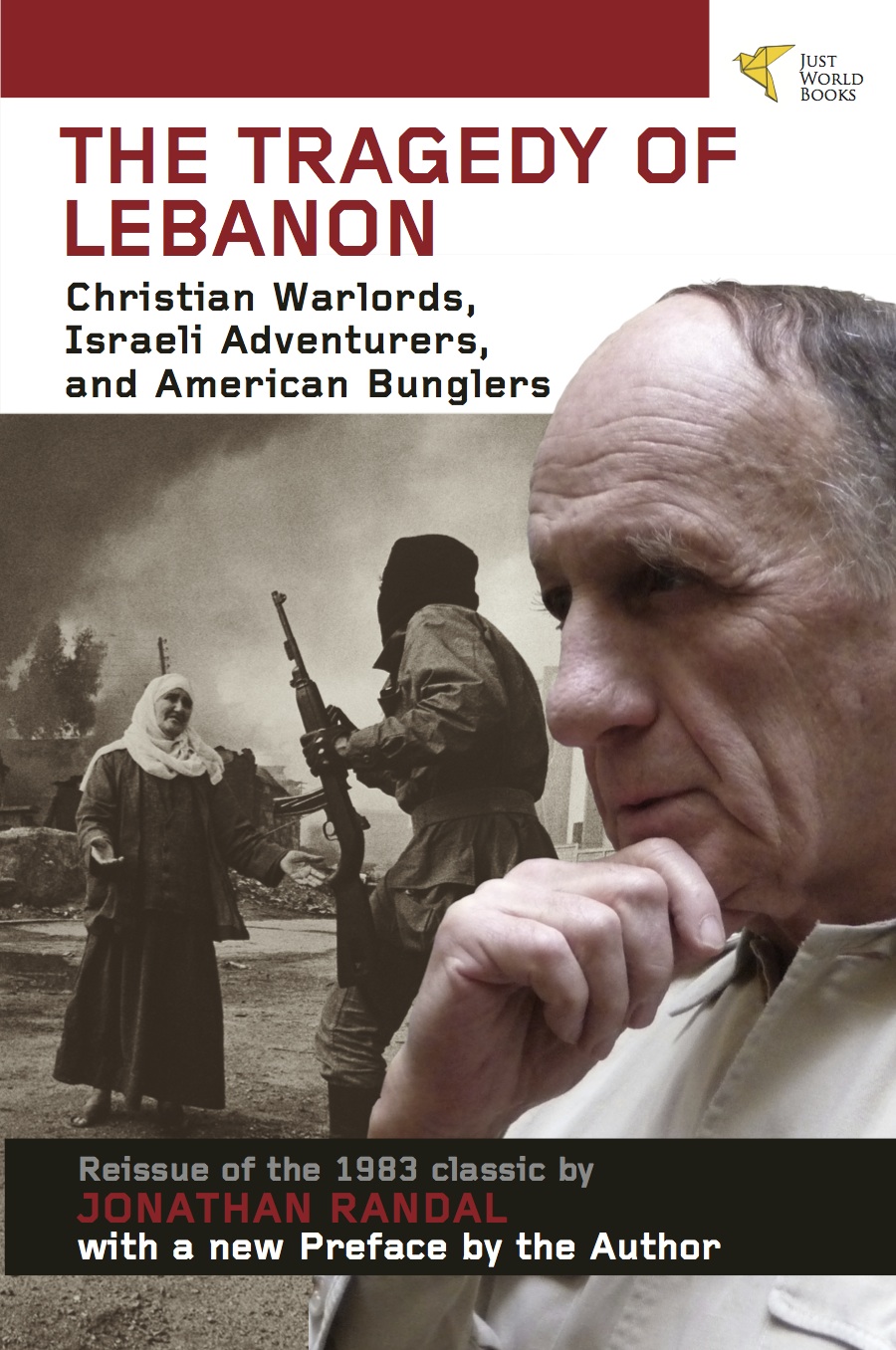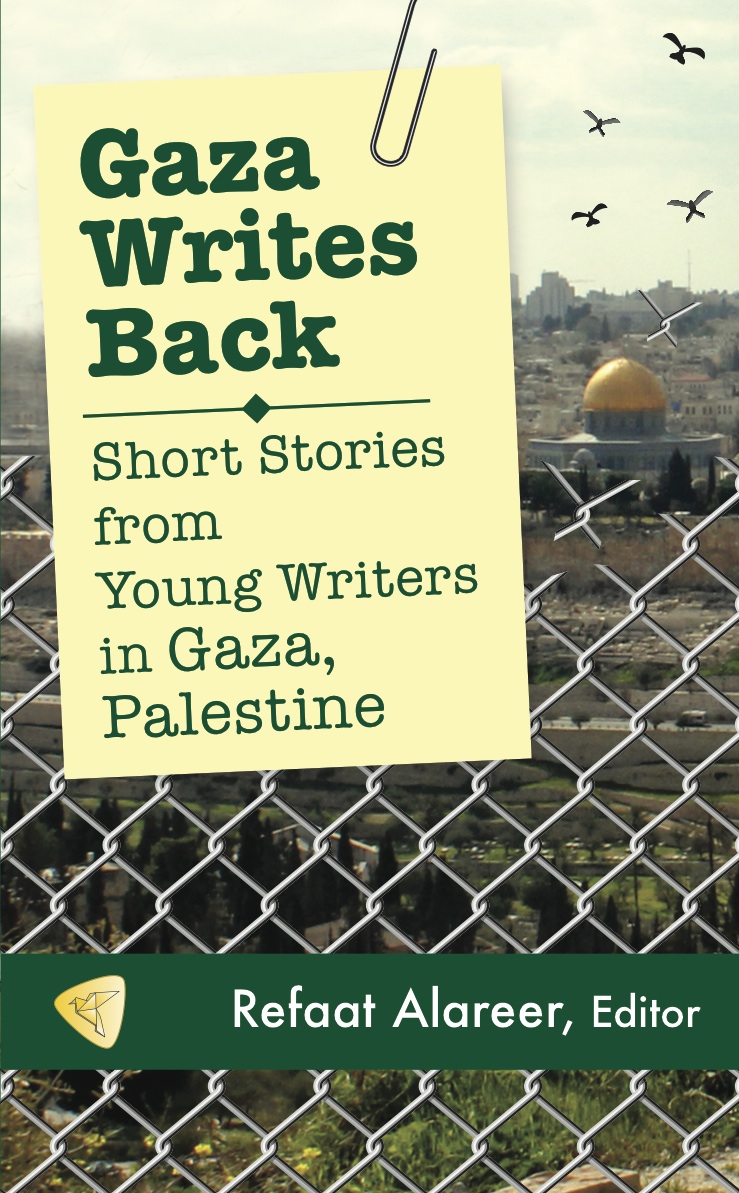War Diary: Lebanon 2006
What was it like to live in Beirut during the Israel-Lebanon war of 2006? Lebanese agronomy professor and social activist Rami Zurayk spent the whole war in Beirut with his family. War Diary: Lebanon 2006 is his record of the 33-day-long onslaught.
During the 2006 war, the Israeli military killed 1,200 Lebanese citizens– most of them civilians– and destroyed a large proportion of the country’s infrastructure: power plants, factories, vital bridges, and the whole, densely populated area of southern Beirut known as the “Dahieh”. (43 Israeli civilians and 121 Israeli military were also killed in the war.)
Throughout those 33 days in the summer of 2006, Israel’s hi-tech, lethal (and U.S.-supported) military was trying to inflict such suffering on Lebanon’s people that it would turn them against Hizbullah, which was both a resistance movement and a political party with members in the national parliament. At first, some Lebanese people seemed responsive to the argument Israeli spokesmen made, that the death and destruction their country was suffering was “all Hizbullah’s fault.” For his part, Zurayk was one of the many Lebanese leftists who countered that argument, seeing Israel’s attack as yet another episode in the West’s decades-long project to subjugate the Arab world.
As the war dragged on and Lebanon’s intense suffering continued, Israel’s arguments became less persuasive– and Hizbullah gained the respect of increasing numbers of Lebanese. In the end, Israel failed in its core goal of turning Lebanon’s people against Hizbullah. By the time the war ended, Hizbullah was more popular than ever before– in Lebanon, and throughout the Arab world.
War Diary: Lebanon 2006 brings to its readers Zurayk’s vivid pictures of the horror and the emotional and political complexities of those days.
*** Read a summary on the JWE website of Dr. Rami Zurayk’s War Diary: Lebanon 2006, which offers a personal account of the 2006 Israeli assault on Lebanon and its impact on civilian life. Click here to access it.
It is at times like these, when everything is collapsing, that I start wondering what Lebanon really is and who its people are. I mean, this is a place where half the population is rejoicing because Israel is bombing the other half! But then again, this is a place where the streets are still named after the generals who invaded the country and killed its people: Gouraud is one of them, a man who ordered the French Army into South Lebanon to quell the insurrection against the French mandate. The “Colonne Sud” carried out air raids on Bint Jubayl and executed freedom fighters, such as Adham Khanjar, way before the Israelis started practicing similar tactics…
August 8:
… My friend who lives in Chiyah has not left it yet, and he has been waiting with his parents, his disabled sister, his wife, and five children for the Israelis to bomb his street. Two nights ago, as the bombing was getting closer, he took them all to sleep on the sidewalk of the nuns’ school where his children go in Ain el Remaneh. Can you imagine the kids’ trauma? You go to the school like the other kids, but every day you pass by the sidewalk where you and your parents have slept. They left at 5:30 a.m. so no one would see them, and the moment they got home, the Israelis brought down two buildings 200m away from his house. More traumas. I gave him my camper van, and he came last night to sleep on the corniche, near [the American University of Beirut], as the Israelis won’t ever bomb an American institution. They had barely left Chiyah when the Israelis raided a building 50m away from theirs. Forty people were dead and 100 wounded at least. When I opened the roof of the camper, his 12-year-old daughter started shouting and crying, “Close it, please close it, they will think it’s a rocket launcher and kill us all!” It took me a while to understand what she meant.
War Diary is available in Paperback ($6.99) and Ebook ($3.99)




